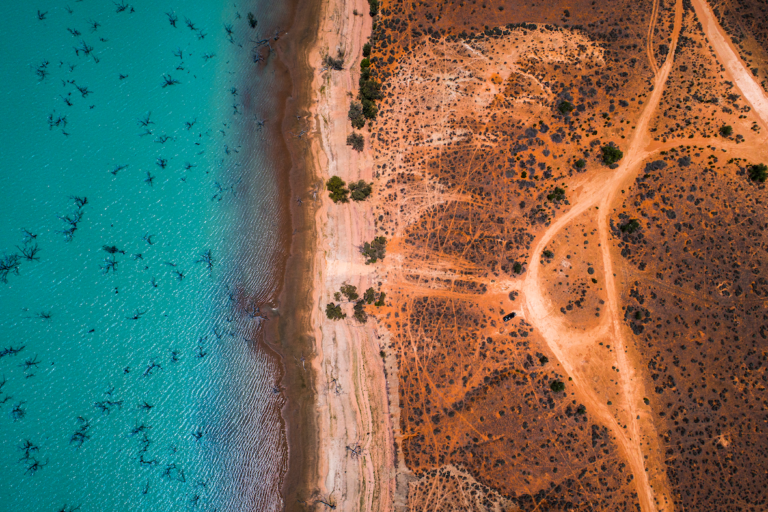
Tax changes to address lack of affordable EVs for all consumers
Business buyers account for over 40% of new light vehicle sales, but their uptake of EVs is shockingly low at a mere 488 EVs in 2020 or 0.02% of passenger cars and light SUVs, compared to the European average of 57% of EVs acquired by business.



 Dr David Chua
Dr David Chua 
